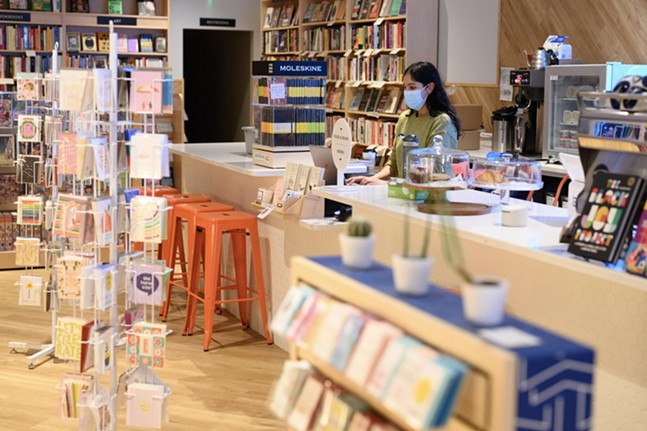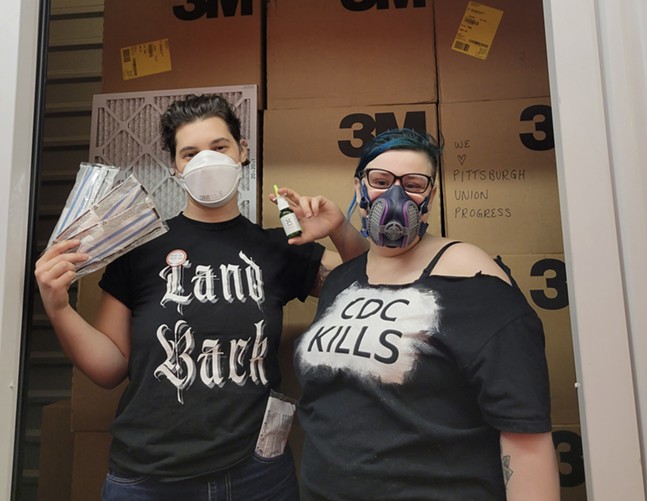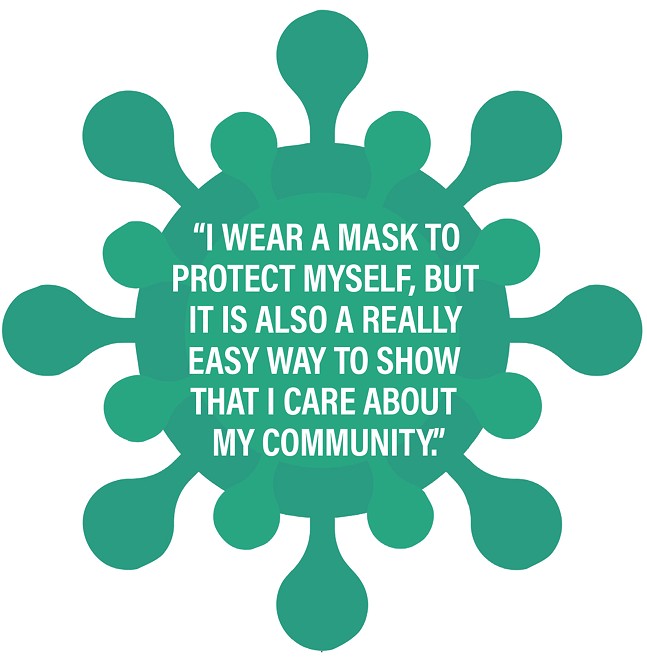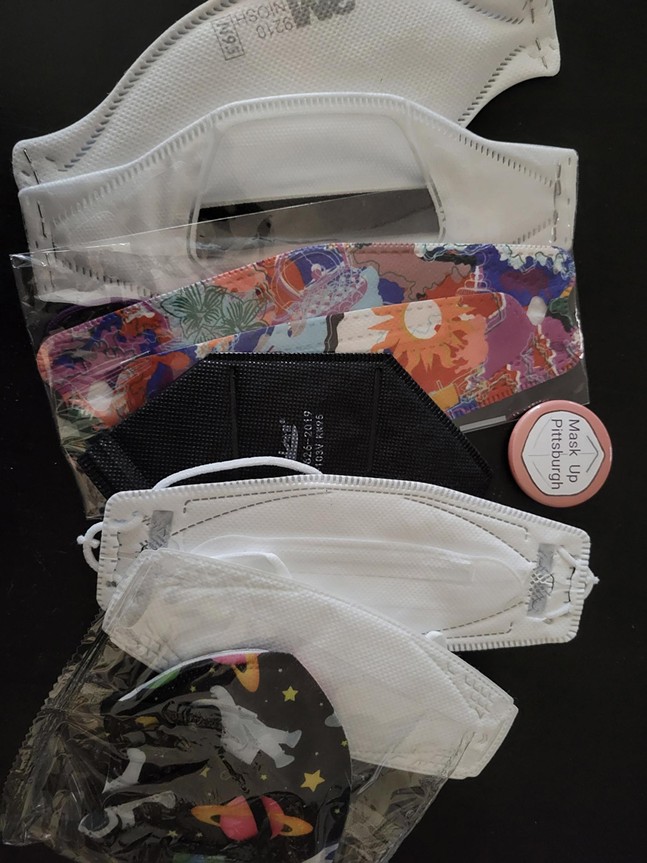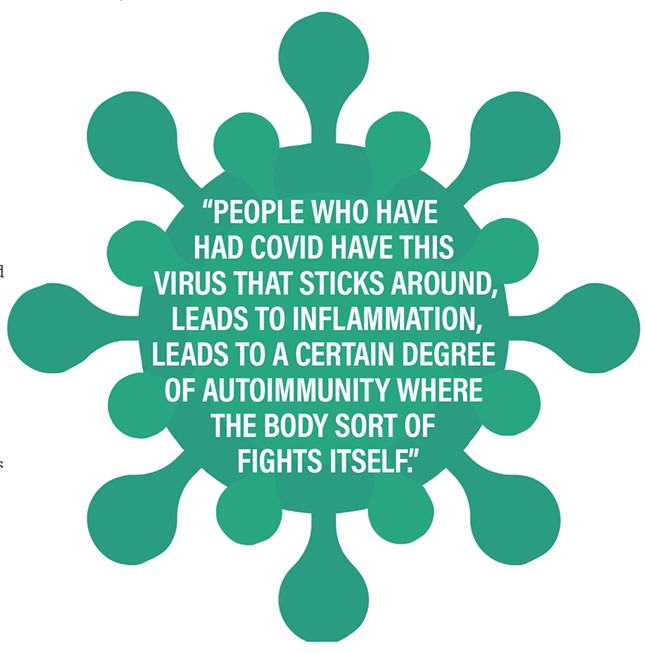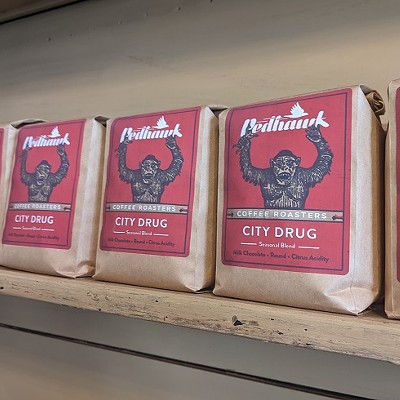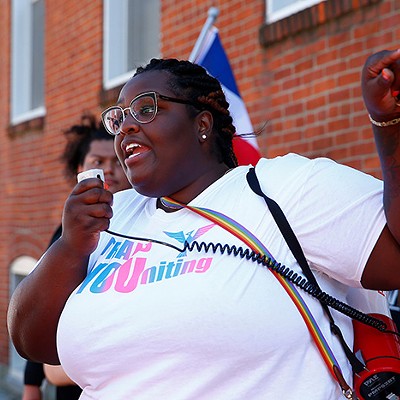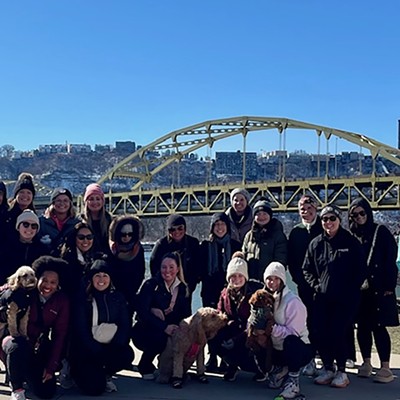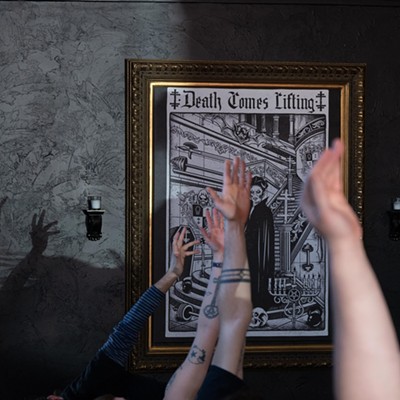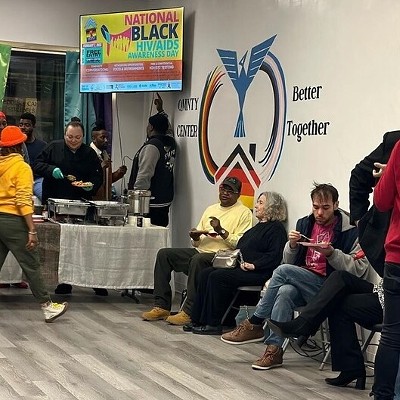This week marks four years since the World Health Organization declared COVID-19 a global pandemic on Mar. 11, 2020. Three days after the declaration, Allegheny County held a press conference to announce the first confirmed local cases. Today, the Health Department’s COVID-19 information page states that since that announcement “our lives have been dramatically altered by the global pandemic,” which has claimed the lives of more than 3,000 county residents.
Though the highest levels of mortality have abated with the advent of vaccines, antiviral treatment, and public health strategies, as the Commonwealth of Pennsylvania put it on its website, “COVID-19 isn’t going away.”
Even as WHO ended COVID-19 as a global public health emergency last May, they cautioned that the disease still posed a threat, imploring leaders to consider the long-term management of the virus amid ongoing mutations, transmission, and post-COVID conditions, or “long COVID.”
Most recently, the virus has returned to headlines as some of the last official mitigations were dropped. In the past several weeks, the White House lifted its longstanding testing requirement for those in contact with the president, and, controversially, the Centers for Disease Control and Prevention shortened their five-day COVID isolation guidance, reducing it to as little as 24 hours in some cases. In Pittsburgh, UPMC ended a masking requirement, reimplemented in December, for most of the facilities in its healthcare system.
For the fourth anniversary of the pandemic, Pittsburgh City Paper highlights people still working locally to mitigate COVID and its ongoing effects. In an increasingly ambiguous post-pandemic landscape, that work encompasses prevention, treatment, and social policy including clean air and healthcare access.
Masking and mitigating
Lily Wasserman founded Mask Up Pittsburgh, a disabled-led mask distribution and information project, in 2022. The organization of six volunteers distributes high-quality masks, and occasionally, COVID-19 tests based on availability and donations (readers can request masks and tests online). Requests are ongoing, particularly as the government-run program offering free mailed COVID tests was also discontinued on March 8.
Adapting to narrowing resources has been a theme for Wasserman throughout the pandemic, belying the health and safety concerns they, fellow Mask Up members, and friends face in public life.
“Even just going to a doctor’s appointment is now kind of, like, I have to weigh whether or not that’s something I want to risk my life to do,” they tell City Paper. “And, unfortunately, those are choices that people are still having to make every single day.”
Though Wasserman was diagnosed with dysautonomia, a nervous system disorder, in 2021, making them “very high risk” for COVID-19, it wasn’t until nearly three years into the pandemic, amid shrinking protections, that they felt moved to start their organization. They recall now in Dec. 2021, the previous time when — at the behest of Delta Airlines CEO Ed Bastian — the CDC reduced its COVID isolation guidelines from 10 days to five for vaccinated people.
“I remember just absolutely losing my mind that day and being like, this doesn't make sense. What are we doing?” Wasserman says. “And I was like, well, maybe I should just do something about it myself.”
Since its founding, Mask Up Pittsburgh (MUP) has partnered to distribute masks with Steel City Food Not Bombs; Repair the World, a nonprofit focused on Jewish service; and the Mr. Roboto Project, a cooperatively-run event space and gallery that notably still requires masking at its shows.
In a pinned tweet, Roboto says of the policy, “Inclusivity and safety [are] really important to us, and this is one way that we can keep Roboto a place that is welcoming to everyone.”
Similarly, Wasserman says, “For me, I wear a mask to protect myself, but it is also a really easy way to show that I care about my community. I know that sounds kind of cliché and sappy but … doing this work really helps me feel connected to my community in a way that I didn’t for a lot of the pandemic.” They estimate that Roboto distributes hundreds of masks per week.
Another goal of MUP is to make resources widely accessible and not cost-prohibitive, allowing everyone to take precautions.
“Masks are expensive, and tests are even more expensive,” Wasserman says. Frequently, the organization gives masks to individuals at or below the poverty line “who just can’t afford to protect themselves.”
MUP is also a public education campaign, aware that sentiment has largely turned away from masking though it is still an effective tool.
“I think we've obviously seen a lot of negative press [about masks],” Wasserman says. They recall former CDC director Rochelle Walensky’s comments about masks being a “scarlet letter” (a reference to the Nathaniel Hawthorne novel) in Feb. 2022, the same month when most statewide mask mandates ended.
While appearing on a podcast, Walensky said, “I just know people are tired. The scarlet letter of this pandemic is the mask. It may be painless, it may be easy, but it’s inconvenient, it’s annoying, and it reminds us that we’re in the middle of a pandemic.”
Wasserman believes part of the project is a re-normalization of masking. Far from mandates, seeing health officials wearing masks again would go a long way, they believe.
“If we had influencers modeling masks, I think it would actually make a really big difference,” Wasserman says. “I know people who get high-quality respirators and add paint and jewels and go all out. It’s obviously not a possibility for everybody. But I think … incorporating it as kind of an accessory [would] mak[e] it less of a big deal.”
Wasserman also asserts there’s room to do more when it comes to larger social policy regarding COVID — for example, paid sick leave.
Though the City of Pittsburgh has a Paid Sick Leave Act, the Office of Equal Protection said in January that many businesses might not be aware of it. They announced efforts toward stricter enforcement, particularly for food industry jobs. Originally passed in 2015, the city ordinance gives employees paid sick leave of up to 40 hours. It faced a state supreme court challenge in 2019, and ultimately went into effect in March 2020.
Pennsylvanians also have varied access to healthcare, and the end of the federal COVID-19 Public Health Emergency last May ended continuous Medicaid coverage for many.
“I’ve noticed there's been a lot less discussion of concepts like Medicare for All in the last couple of years… between the start of the virus and now,” Wasserman says. “I think everybody [having] health insurance and getting the care they need is absolutely essential regardless of whether or not we’re in a pandemic.”
Pittsburgh, already known for its poor air quality, would also benefit from folding clean air efforts into COVID mitigation, says Wasserman, which could also reduce spread of other respiratory viruses.
“Cleaning air in all public spaces would also be huge,” they add, noting MUP has considered air purifier distribution. (The organization’s Linktree website includes a resource on building a Corsi-Rosenthal box, a do-it-yourself air purifier.)
In for the long haul
While there’s room for expansion when it comes to prevention and public health measures, treatment of COVID’s effects, including post-COVID conditions (aka long COVID), continue apace.
At UPMC’s Post-COVID Recovery Clinic, “it’s still a common problem,” co-director Dr. Michael Risbano tells CP. “We still get a number of patients into our clinic.”
A pulmonary hypertension doctor, Risbano speculated in May 2020 that with onset of COVID, they’d begin seeing more cases of blood clots in the lungs or patients with ongoing shortness of breath.
“I think, at the time, people thought I was crazy,” Risbano says, but asked colleagues to refer COVID survivors with these symptoms to him.
A year later, his division established a dedicated post-COVID recovery clinic, treating those with shortness of breath and possible exertional fatigue, and referring to partner clinics for neurological symptoms like brain fog — the most common complaints.
Risbano says the prognosis for long COVID is that “most people get better,” though recovery can take up to 12 months. However, repeat infections can cause patients to “feel like they've had a setback,” and there’s also indication that more infections increase risk for long COVID. Risbano said in a 2022 presentation that the average long COVID patient is in their 40s, “impact[ing] the job market, people returning to work.”
UPMC’s Post-COVID Recovery Clinic is currently participating in one of the first clinical trials for long COVID treatment, the National Institutes of Health’s RECOVER Initiative. UPMC is part of a double-blind trial to study Paxlovid antiviral pills and how long COVID patients respond to a 25-day course compared to a placebo. (Currently, only a shorter course of Paxlovid is approved by the Food and Drug Administration to treat COVID-19 during the initial infection.)
“There's precedent for this if you think about people who've had herpes, Epstein-Barr [virus], Lyme disease,” Risbano says. “A virus and other types of infections can stay in your body and wreak havoc. And the thought is, people who have had COVID have this virus that sticks around, leads to inflammation, leads to a certain degree of autoimmunity where the body sort of fights itself. And one way to sort of clear this up is to take Paxlovid, get the body to get rid of the remaining bits of virus, and fully get it out of the system.”
While the idea of taking Paxlovid for acute COVID infection seemed to be more widely encouraged, Risbano says, “a lot of infections nowadays, people aren’t testing. They don't even know if they have COVID … I don’t think there's such a push with Paxlovid just because there's maybe not these big surges that are happening that are easily seen.”
Risbano envisions the future of COVID-19 as a combination of “common sense” prevention measures like staying home when sick, effective vaccines, and antiviral treatment.
“I think [with] COVID, [the] sort of modeling we’re going to follow [is] the flu paradigm in terms of treatment and management and prevention,” he says.

